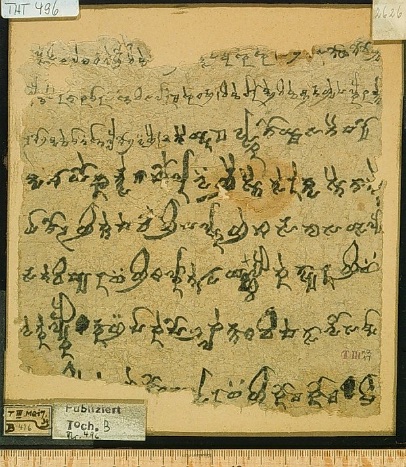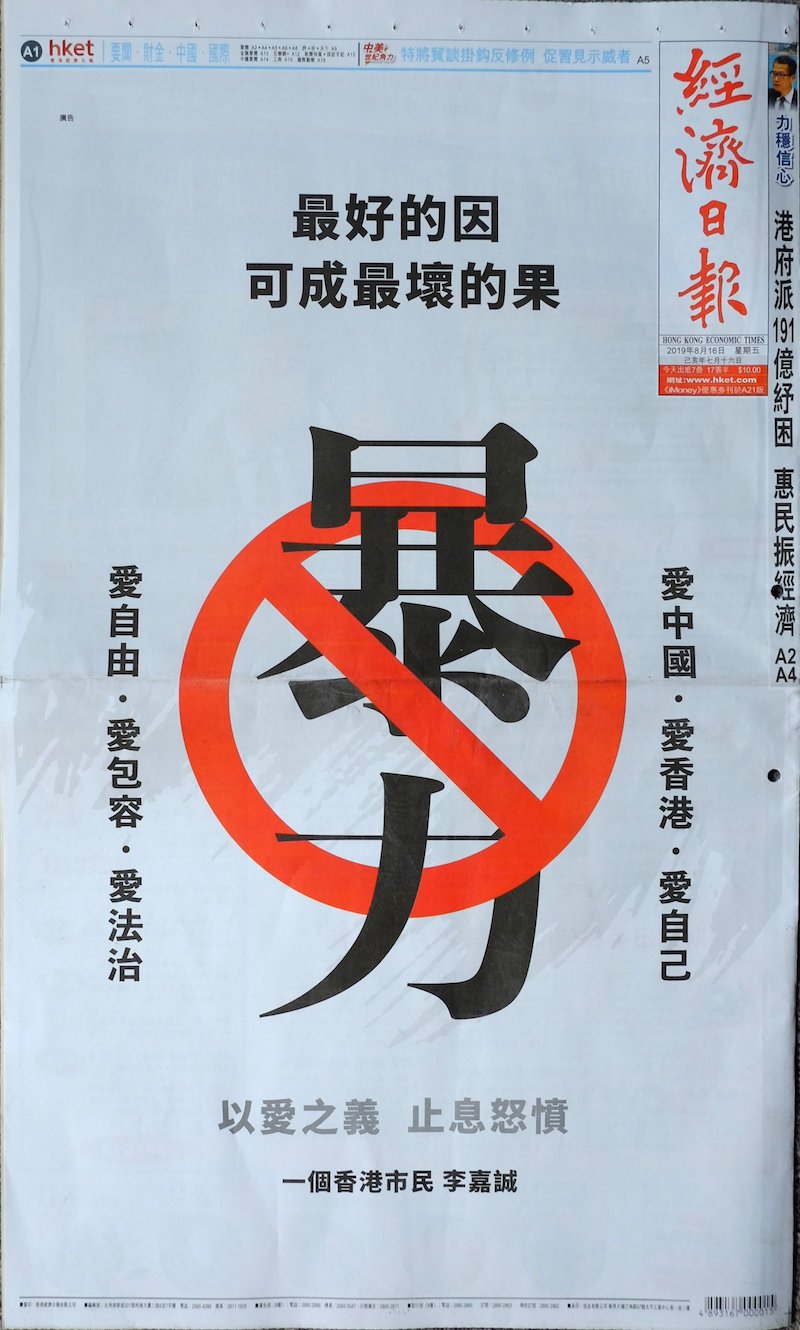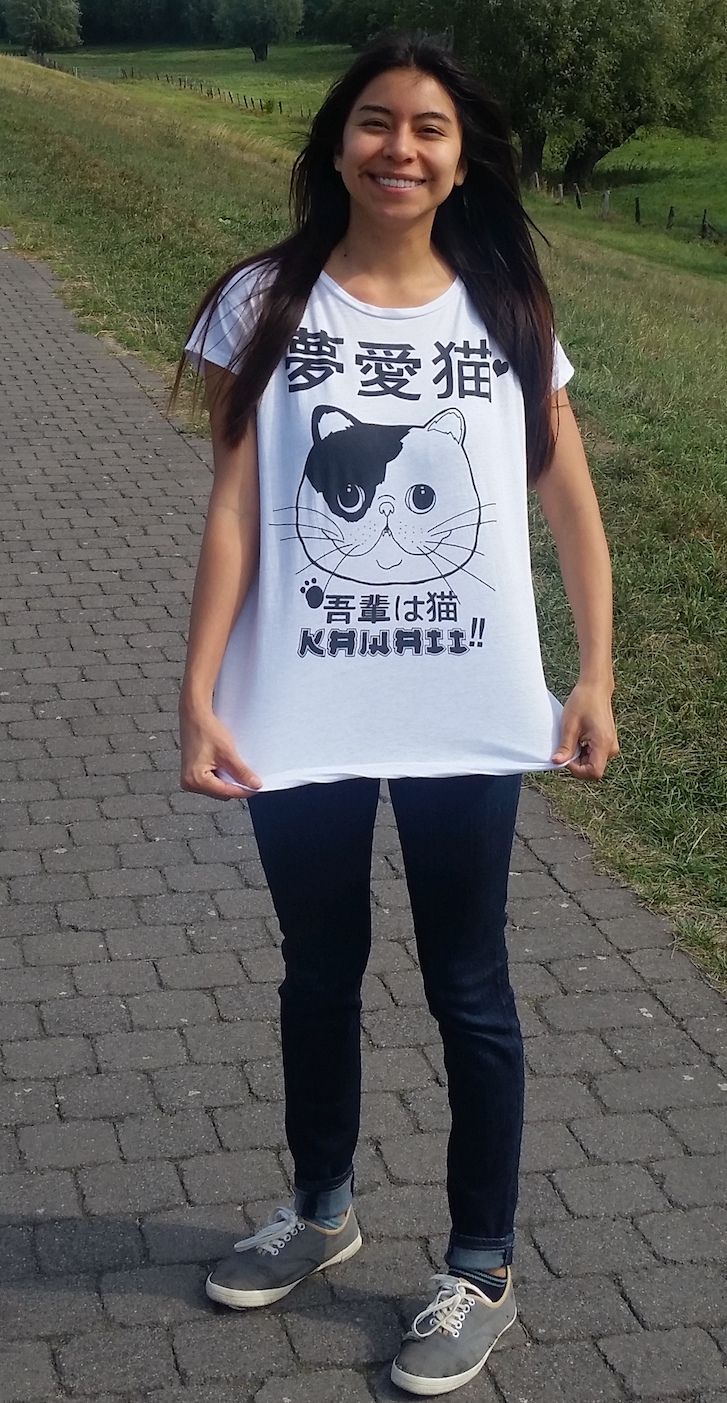As part of our research on the dictionary of Middle Vernacular Sinitic (MVS) that Zhu Qingzhi and I have been working on for more than two decades, I was tickled by this quaint poem (below on the second page) by the medieval Buddhist poet, Wáng Fànzhì 王梵志 (Brahmacārin ब्रह्मचारिन् Wang; fl. first half of 7th c.).
I have been an avid fan of Wáng Fànzhì's unique poetry for nearly half a century. Quaint, indeed, and also quirky. Wang Fanzhi is self-demeaning in a funny, adorable way. The poem I'm about to introduce you to is a good example of his trademark self-abnegation.
What attracted me particularly to this poem for the purposes of our research on MVS is the first word in line 2, chǎngtóu 長頭 ("for a long time"), which does not exist with this meaning in Literary Sinitic (LS) / Classical Chinese (CC). Finding chǎngtóu 長頭 ("for a long time") in Wang Fanzhi's poem was already enough of a treat, but when I got to the last word of the couplet, I was even more delighted. As you will momentarily see, what Wang says about his wife's tummy is funny by itself, but the word he uses to describe what the wife does to her tummy made me even more excited.
But let's read the poem first, then I'll talk about the word in question, namely, méisuō 沒娑 ("massage").
Read the rest of this entry »



